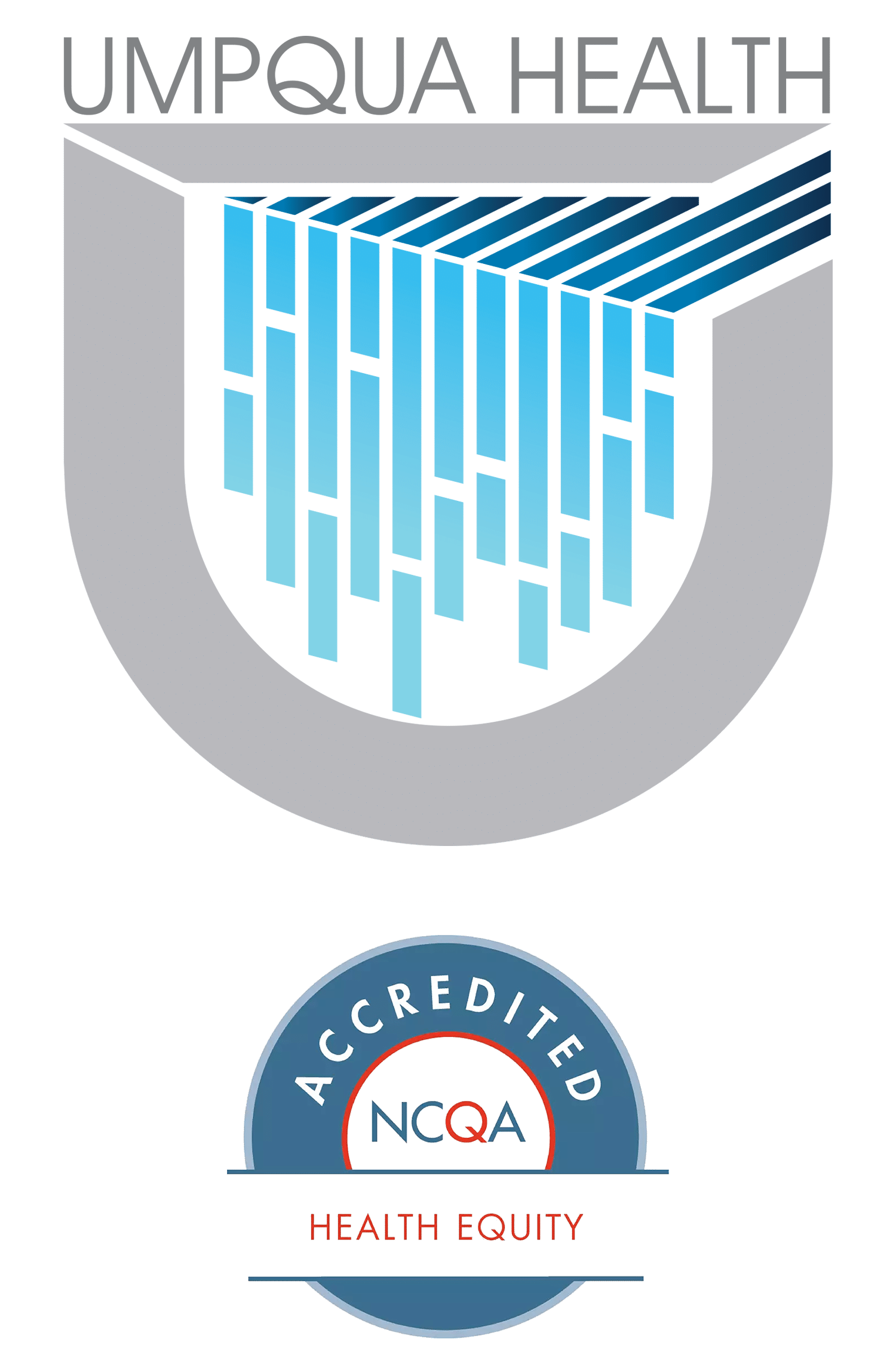Provider Newsletter August 2018
Practice Tactics
A Look Back
UHA Prior Authorization (PA) requirements have undergone multiple incremental changes in 2018. Provider offices have felt the challenges of adopting new processes, but as we reflect on the current state, the provider network overall has done a great job. With the Oregon Health Authority incorporating revisions almost monthly via administrative rules or the Health Evidence Review Commission (HERC) providing updates to the Prioritized List (PL), we can be assured there will never be a time without change. As we enter into the next phase of launching the next five years of our Medicaid waiver, CCO 2.0, we will need to continue to communicate and cooperate to achieve the goals in providing healthcare to all Oregonians.
Most practices have found that the list of CPT codes that are excluded from PA requirements (Appendix II) allow them to provide services to our members without further barriers. For some practices, they have had to think about how to proceed in the most efficient manner (example: shave biopsy a skin lesion at first visit, then request excision as pathology dictates). If you identify a CPT code that should be considered for the exclusion list, please email UHA’s Chief Medical Director Dr. Doug Carr with those codes and rationale with examples from your practice environment.
UHA utilizes Prior Authorizations to ensure that some services are medically necessary (e.g. MRI scans) or comply with the PL and coverage guidelines. PAs are also used as a means of notification: it may be the only way for UHA to know about the medical status of a member to prompt us to provide case management or other services.
Changes to Substance Use Disorder PA Process
Umpqua Health Alliance (UHA) collaborates with providers and community organizations to create a network that ensures the availability and access to services for our Oregon Health Plan members. Adapt is a participating provider that offers essential care for individuals and families with substance use disorders (SUD) —from medical detox and residential care to outpatient treatment and after-care.
In addition to providing a comprehensive system of care, Adapt will also handle all prior authorization requests related to SUD for UHA. They will authorize services that are medically appropriate and for which the required documentation has been supplied.
Effective for dates of service beginning July 1, 2018, these prior authorization requests and related inquiries should be directed to:

www.adaptoregon.org/substance-use
Phone: 541-492-0222
Fax: 541-492-0256
Please note that requests for services by out-of-network providers may not be covered if the same service can be provided by in-network providers. Therefore, UHA encourages members and providers contact Adapt if SUD services are needed.
Dermatology Prior Authorization
UHA members have required a PCP referral to Dermatology since July 1, 2018. Continue to request just one visit; follow-up visits will be requested by the Dermatologist. We are applying the logic of the Prioritized List funding to these requests. Many of the initial PCP referrals are for skin lesions/rashes that require diagnosis, so these are all approved. Some conditions are well established diagnoses that are not funded (e.g. Acne, Warts, Onychomycosis, etc.); these consults are denied at the onset. Of note, a personal history of melanoma (Z85.820) or other skin cancers (Z85.828) does map to a funded line, so annual checks with dermatology for these individuals can be approved.
On the Lookout
Summer Food Safety
Summertime is officially here, and the warm weather is perfect for BBQs, picnics, and camping trips. Along with the juicy watermelon, barbecue chicken, and a side of potato salad, deviled eggs, and baked beans comes the risk of inviting some unpopular potluck guests.
Foodborne outbreaks peak this time of year. Since May, Douglas County has already seen 10 cases of Salmonella enterica, seven cases of Escherichia coli, and 11 cases of Campylobacter reported so far. Bacteria multiply faster in warmer weather and cooking outside makes it harder to follow safe food handling techniques.
Help educate your patients about how to prevent foodborne outbreaks this summer. Some wise simple precautions include:
- Washing hands and surfaces with warm water and soap
- Separating raw food from cooked food to avoid contamination
- Cooking meat to safe internal temperatures
- Covering and refrigerating cold food promptly
And finally, throwing out leftovers. Food left out for over two hours may not be safe to eat!
If you suspect a patient is sick with an infectious foodborne illness, especially if they have dysentery, please let your patient know they should expect a phone call from the local public health authority (Douglas Public Health Network). DPHN officials will conduct interviews to collect data about the patient’s symptoms, treatment, and risk factors including everything they ate in the incubation period prior to becoming symptomatic. This information helps DPHN find the pathogen source, prevent others from becoming ill, do restaurant inspections, and helps the Centers for Disease Control conduct food recalls at a national level.
There are two easy ways to report suspected cases to the Douglas Public Health Network:
- Online at douglaspublichealthnetwork.org; or
- By phone or fax: call 541-677-5814 or Fax 541-464-3914.
Medical Management
Appropriate Screening for Cervical Cancer in Women
This month we are reviewing the data surrounding the inappropriate adoption of annual PAP testing to screen for cervical cancer.
- Don’t perform routine annual cervical cytology screening (Pap tests) in women 30-65 years of age
Current guidelines recommend Pap tests every three to five years in women aged 30-65 years without risk factors for developing cancer such as genetic markers or family history (Saslow, 2012). For these women, there is no advantage to having annual exams versus exams every three years, as similar numbers of cancers are found (American College of Obstetricians and Gynecologists, 2012). Annual Pap tests may cause more anxiety for women, and there are increased chances for unnecessary follow-up testing for false positive results, including repeat Pap tests and colposcopies, which can cause discomfort and bleeding (Saslow, 2012).
Evidence Category: Adequate Evidence Demonstrating Equivalent Benefit with Higher Risk and/or Cost
Excess Cost of practice: $80 – $160 per screen
Repeat Pap testing without a clinical indication within 30 months is very prevalent, occurring among 63% of screened women (which would equate to multiple millions of women undergoing unnecessary testing and, often, frequent additional medical costs based upon pathology of little clinical significance). Using data from this dataset, the figure below indicates the cumulative number and percentage (e.g., claims with cervical dysplasia or abnormal Pap diagnoses, claims for colposcopy, LEEP, or other procedures, etc.) during 36 months of follow-up. The costs of too-frequent Pap testing have not been well-studied, but include both unnecessary repeat Pap testing a follow-up care for subsequent false-positive findings, including colposcopy. Pap test costs have been reported to range from $40 – $80 (costhelper.com, 2013), and colposocopy costs range from $200 – $400 (costhelper.com, 2013). Based on current estimates for false-positive rates for Pap tests (20%) (Arbyn, 2008) and rates of unnecessary colposcopy (four per 1000 screened) (Mathias, 2012), the excess cost per false-positive screen may range from $80 – $160.
Factors Related to Overuse and Variation
| Patient Factors | Physician Factors | Payer Factors |
|---|---|---|
|
|
|
| Opportunities for Improvement | Current Best Practices |
|---|---|
|
|
Regional experts were mixed in their response to whether or not annual Pap tests are overused in community practice. Some OB/GYNs and family doctors sensed that the revised guidelines on Pap tests are generally accepted by the physician and patient communities, whereas others observed annual Pap tests remaining as a common practice. When describing potential factors contributing to overuse, experts highlighted patient demand and a lack of patient education on the risks of over screening. Family doctors and OB/GYNs alike find it difficult to reverse the message that patients need a Pap test every year when this contradicts what women have been consistently told over the past decade. Many patients, particularly those that are especially cancer-phobic, often push back, noting that they would rather be screened than potentially miss cervical cancer. Other physicians noted a general cultural suspicion from patients that physicians are withholding care when they are denied an annual Pap test, though this is less of an issue in practices where patients have a longstanding history with their physician. Clinicians also highlighted that insurer reimbursement for annual Pap testing and requirements from the Affordable Care Act that Pap tests are provided without co-payment have reinforced patient demand for annual testing.
To help address issues of patient demand, regional experts cited the need for clear communication and education strategies that clearly state the risks of overtreatment and over screening. Experts agreed that education strategies should also target medical assistants, nurse practitioners, and other clinicians that spend more time with patients. Many practices in the region cited the lack of publicly available resources and tools that help women understand what to reasonably expect from screening and how they can be harmed by false-positive test results. Some physicians felt that framing the message about annual Pap testing in relation to advances in HPV screening has been helpful. For example, physicians recommended articulating to patients that the Pap test is not particularly accurate, which is why experts once thought it needed to be performed annually, but that performing a Pap with the HPV screening test offsets the need to test as often.
Experts noted that Pap tests are likely more overused in relation to other services on the ACOG list because the risks of overuse seem relatively insignificant, both to patients and physicians. Moreover, since annual pelvic exams are still recommended, Pap tests are often automatically scheduled or easy to tack on during the visit. Clinicians also noted a general reluctance among OB/GYNs to reduce annual Pap testing since it is a way to motivate patients to attend their annual women’s health visit. There is a fear among some OB/GYNs that without annual Pap testing they will lose consistent patient contact and may end up missing something important or lose the opportunity to discuss with women other reproductive, menopausal, or bladder health concerns. Financial incentives may also be at play here, since patients would be less likely to maintain annual OB/GYN visits without the perceived need for a Pap test. Clinical experts also highlighted that clinical guidelines on Pap test frequency have changed multiple times in the past decade, making it difficult for physicians to keep abreast of the standard of care. For practices with transient patient populations, managing multiple-year screening intervals has been difficult or infeasible in some cases. It is sometimes impossible for physicians to know if patients who frequently move or change practices are up to date on screening. Without further information on screening history, physicians tend to screen these patients annually to avoid missing something potentially important. The implementation of electronic medical records (EMR) is designed to make it easier to manage screening intervals, but some practices have noted that information is not always appropriately transferred to the medical record, making it difficult to find patient history even in practices with electronic records. Clinical experts suggested that presenting clinicians with how many tests they perform relative to their peers would be welcomed and effective in reducing regional variation. They sensed that clinicians want to know when they are not in step with standards, but that payer-led initiatives like pay-for-performance strategies can often put physicians on the defensive and make them less receptive to messaging about their individual performance. Insurers we spoke with believed that growing use of global payment and other reimbursement
mechanisms that move away from fee-for-service will help improve the chances of reducing the overuse of Pap tests. Regional and national insurers are also optimistic that the roll-out of ICD-10 coding will make it possible for them to identify when more frequent Pap tests are performed without a clinical indication and make it easier to recognize. We identified no formal insurer-led initiatives to reduce unnecessary Pap testing.
Don’t treat patients who have mild dysplasia of less than two years in duration
Excess Cost of Practice: $500 – $1,100 per case
Mild dysplasia, also known as low-grade cervical intraepithelial neoplasia 1 or CIN 1, is a precancerous condition caused by the human papillomavirus (HPV) (Wright, 2007). While this diagnosis can be frightening, most women of average risk will spontaneously clear the condition without requiring treatment. In the absence of a clear medical need, undergoing treatment with procedures such as cryoablation and loop electrosurgical excision procedures (LEEP) does not provide clinical benefit over repeat testing and monitoring, and may be associated with complications such as heavy bleeding and abdominal pain, as well as risks to future pregnancies (Wright, 2007).
Factors Related to Overuse and Variation
| Patient Factors | Physician Factors | Payer Factors |
|---|---|---|
|
|
|
| Opportunities for Improvement | Current Best Practices |
|---|---|
|
|
Regional and national experts regarded this recommendation to be broadly accepted by patients and clinicians alike, especially in younger patient populations. Clinical experts felt that raising the age for the first Pap test has helped reduce treatment of mild dysplasia overall over the past decade. Experience suggests that patients generally accept “watchful waiting” as an option and understand that mild dysplasia is a condition that clears without treatment. Other clinicians sense that education has penetrated but there is still a tendency among patients to want to treat anything that may be cancer related rather than wait for it to go away on its own. Clinical experts suggested that more patient education resources and tools to help clinicians clearly explain the risks of overtreatment and why treating mild dysplasia is often not necessary would help accelerate the uptake of this recommendation and improve communication between clinicians and patients around this issue.
Clinical experts noted that OB/GYN offices with LEEP technology are more likely to perform the procedure, potentially contributing to overuse. Clinicians felt that an understanding of their individual performance relative to their peers would prove helpful here, and could contribute to academic detailing efforts that engage physicians and provide targeted messaging. Despite the stated needs for more resources and tools, we identified no formal programs in New England for reducing overuse of treatment of mild dysplasia of less than two years in duration.
Many experts did not see a way for coverage policy to directly impact overuse of treatment for mild dysplasia due to the large number of indications for which treatment is appropriate. However, experts consider the spread of ACOs and associated global payment mechanisms as helping to better align incentives in efforts to reduce unnecessary treatment.






